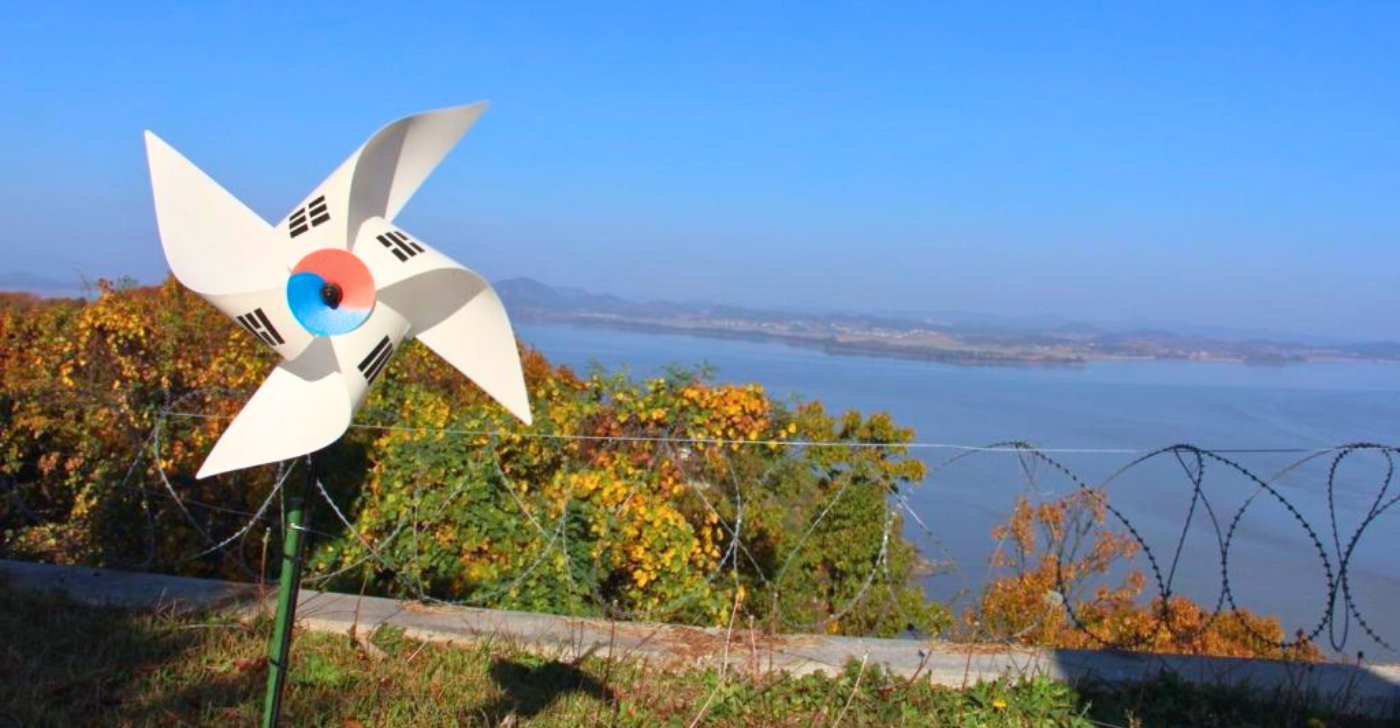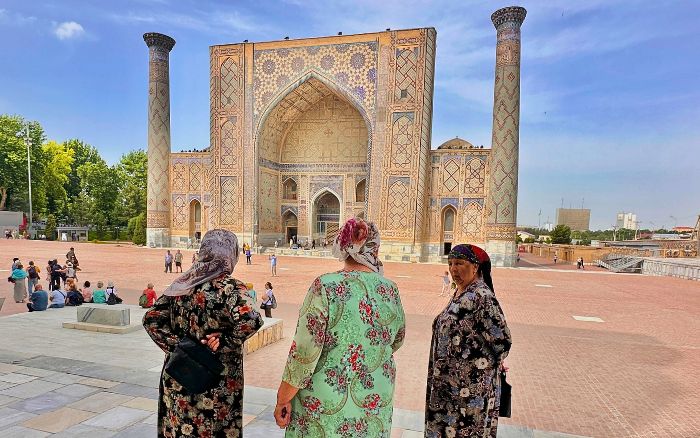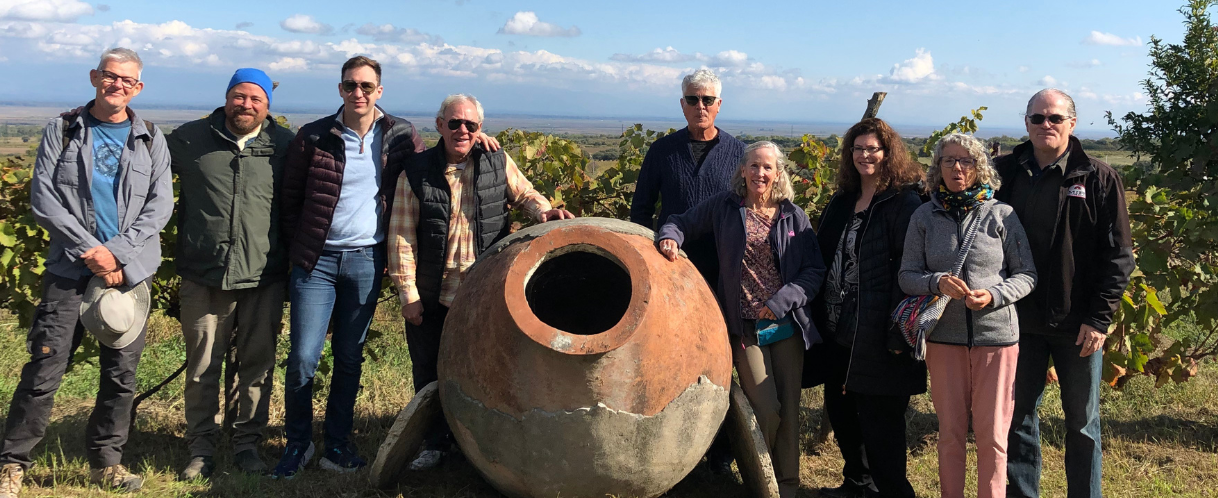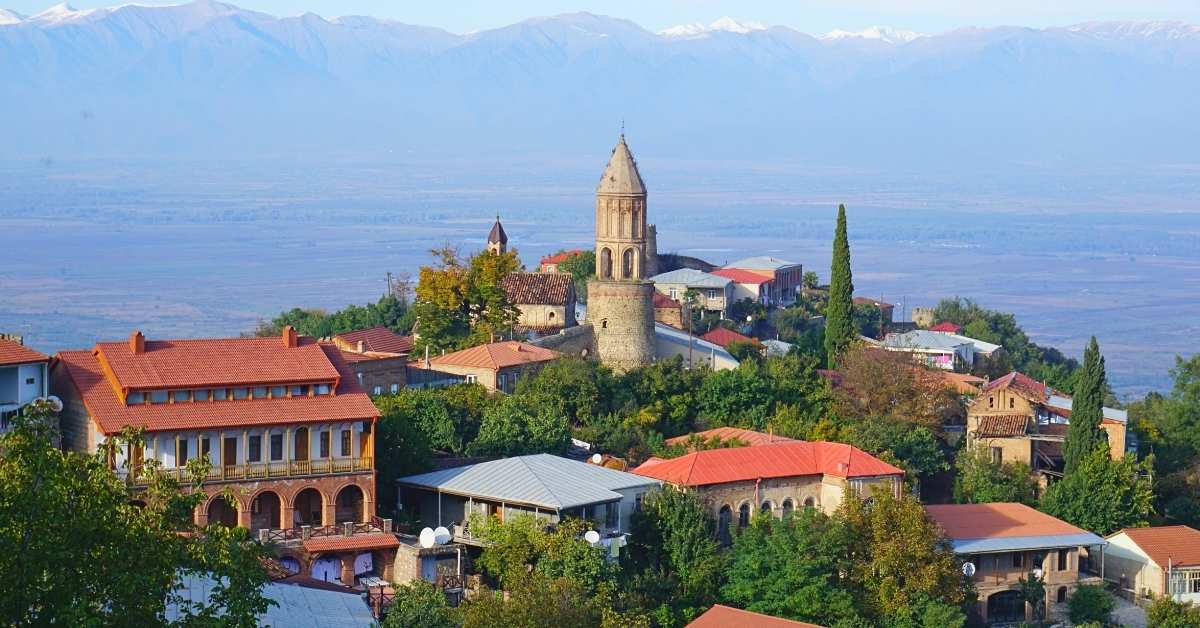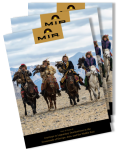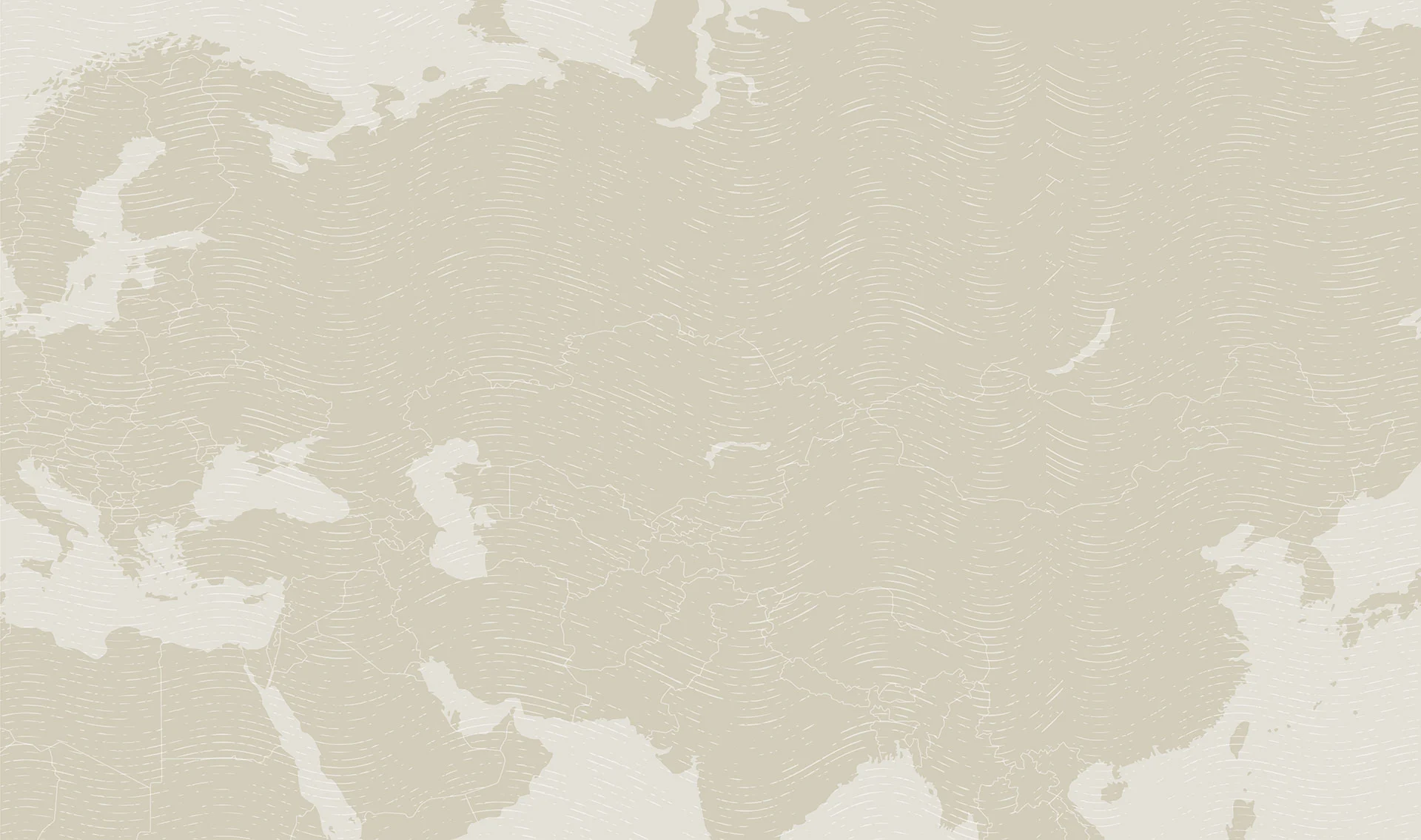At the Crossroads of Europe, Asia and the Middle East
Photo credit: Jake Smth
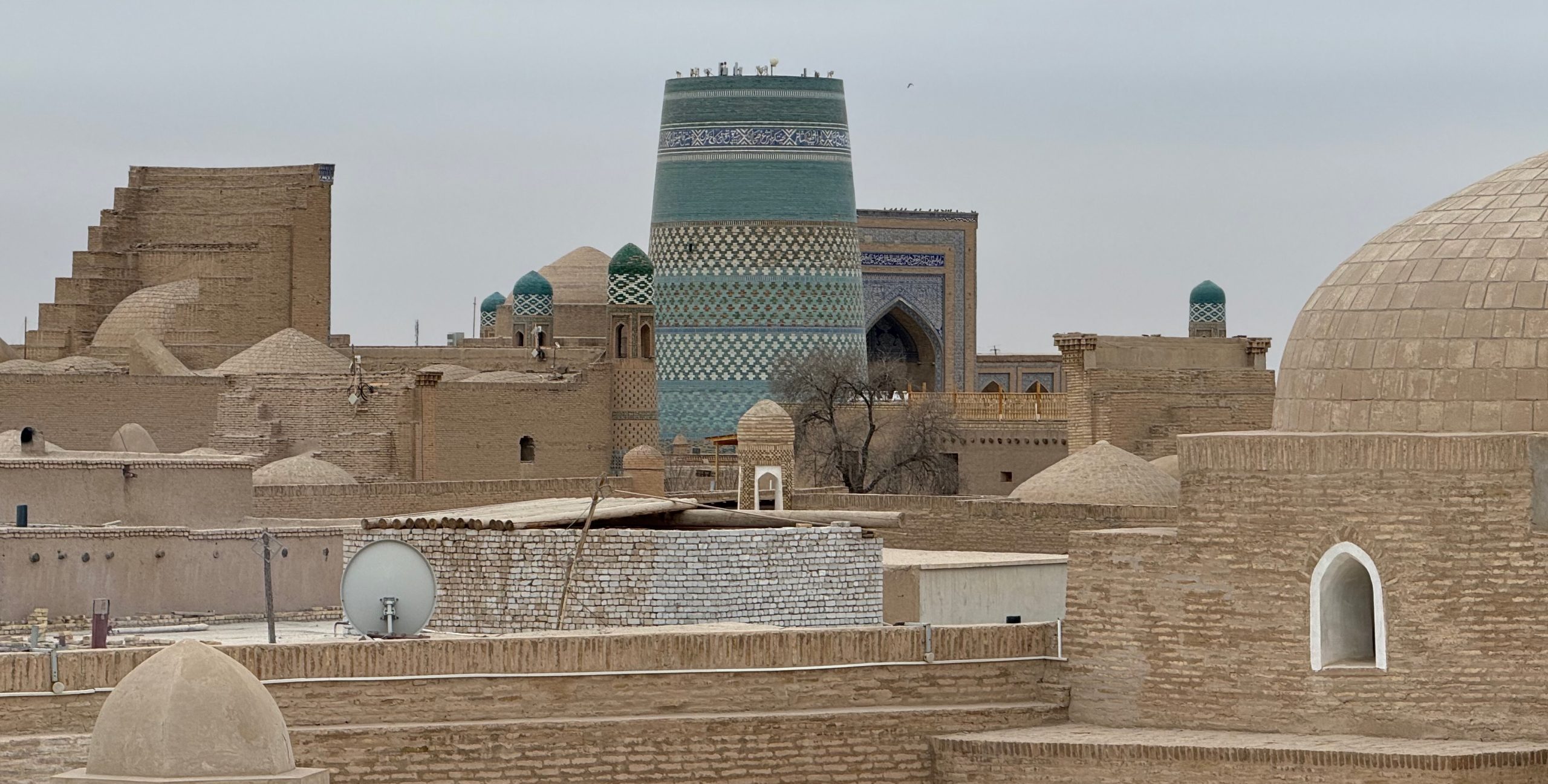
May 28, 2025
Exploring Uzbekistan in the Low Season Months
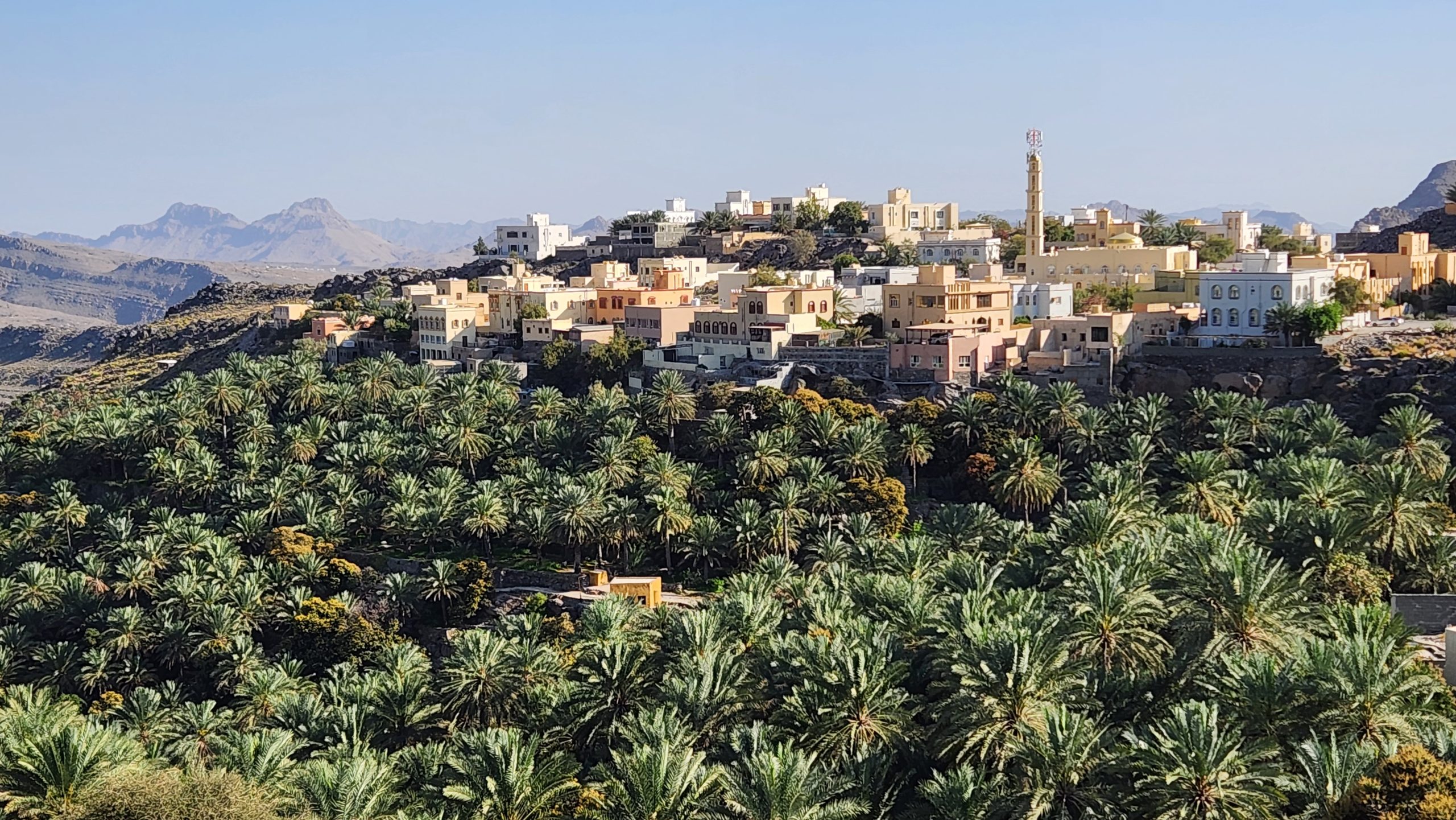
May 11, 2025
Must-See Sites Beyond the Beaten Path in Oman
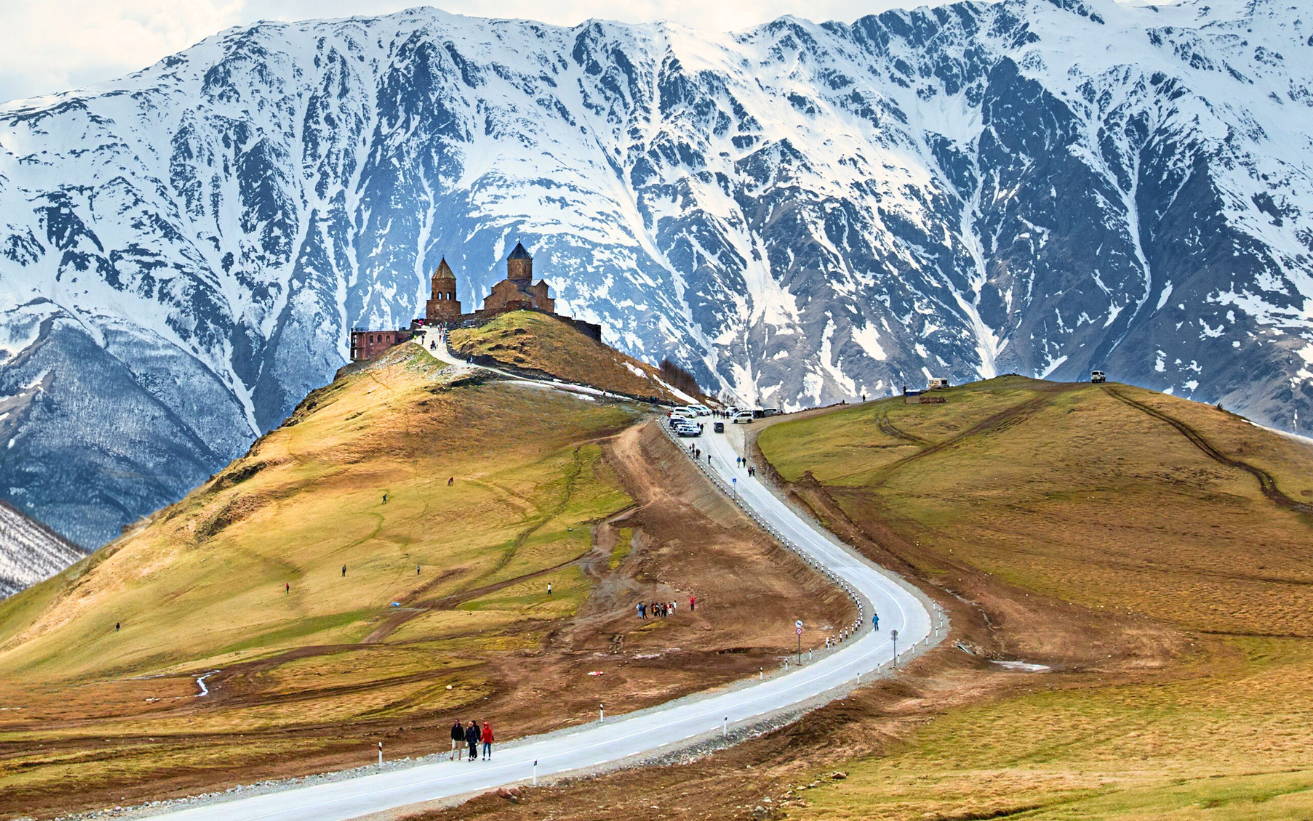
Apr 27, 2025
5 In-Depth Travel Experiences by Experts
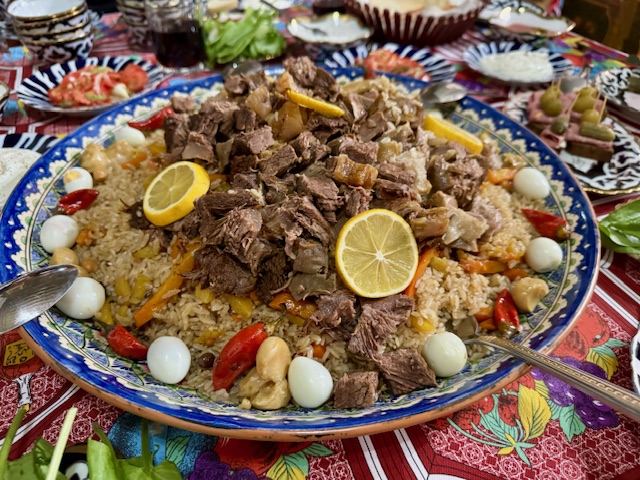
Apr 21, 2025
Love at First Bite: Falling for Plov in Uzbekistan
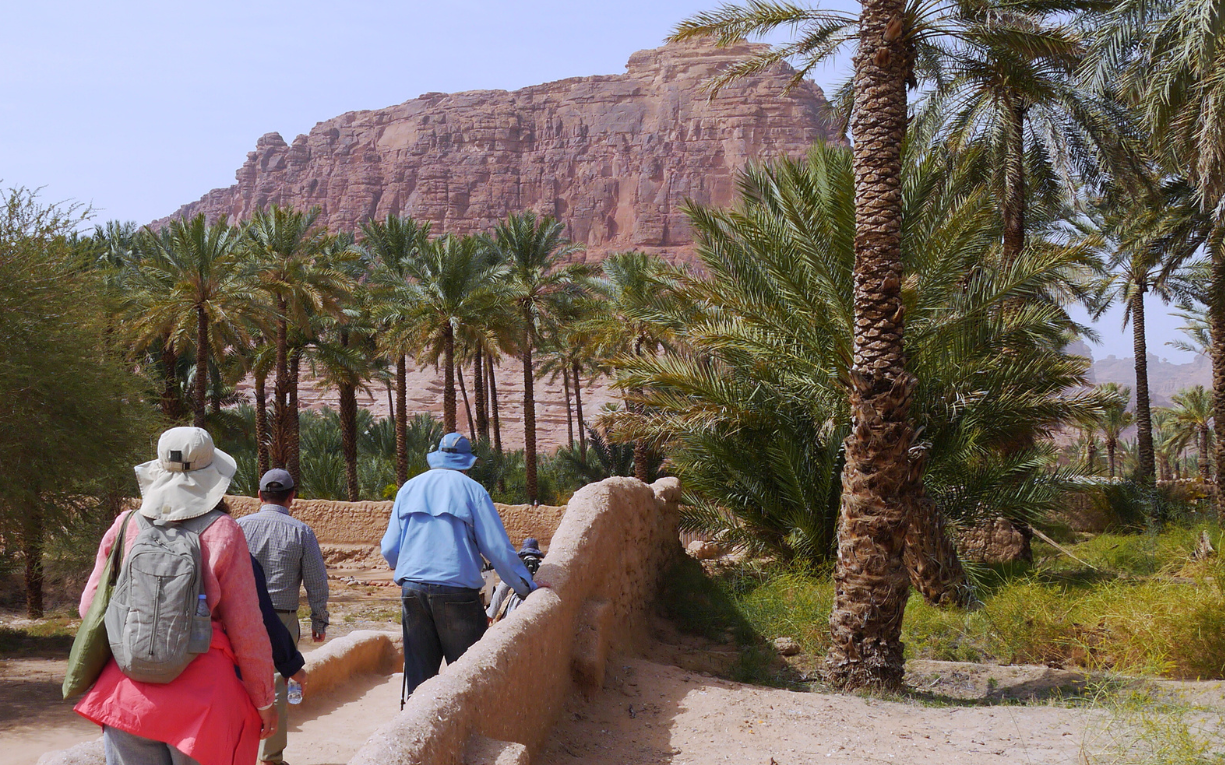
Apr 20, 2025
Old Worlds and New Horizons of the Middle East
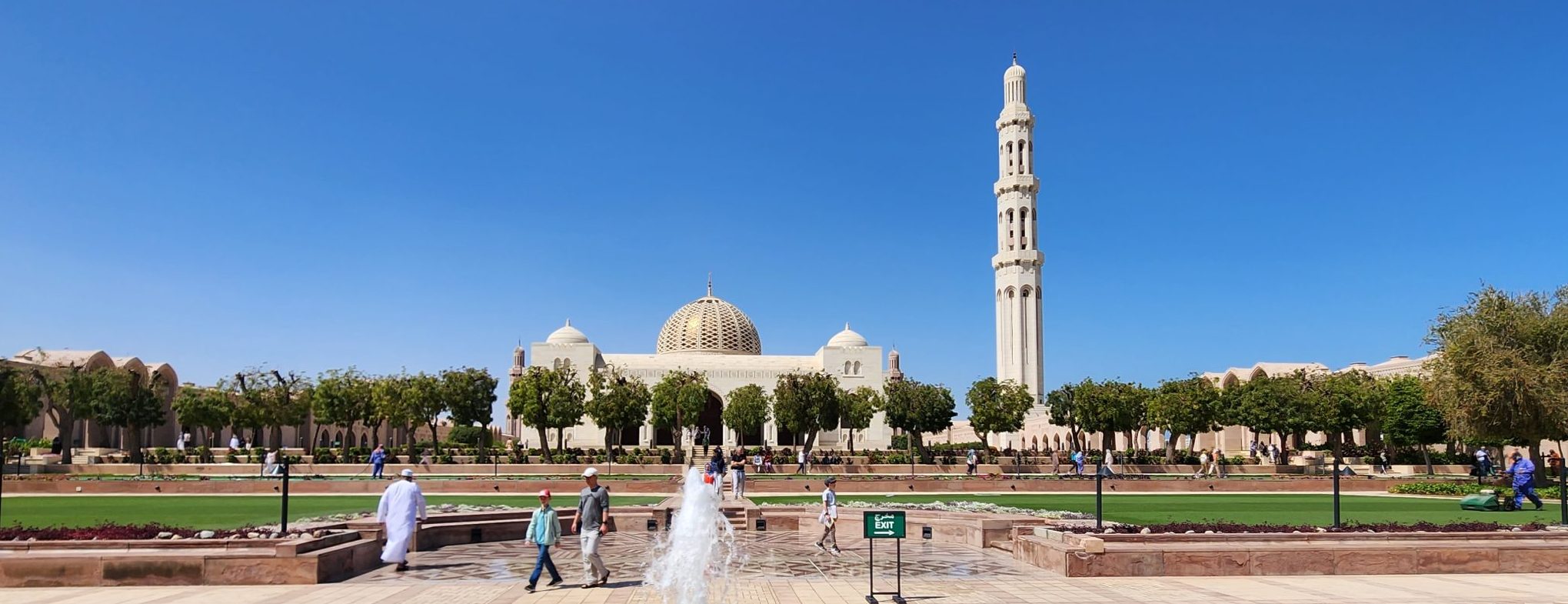
Apr 04, 2025
What to Know Before Visiting Oman During Ramadan
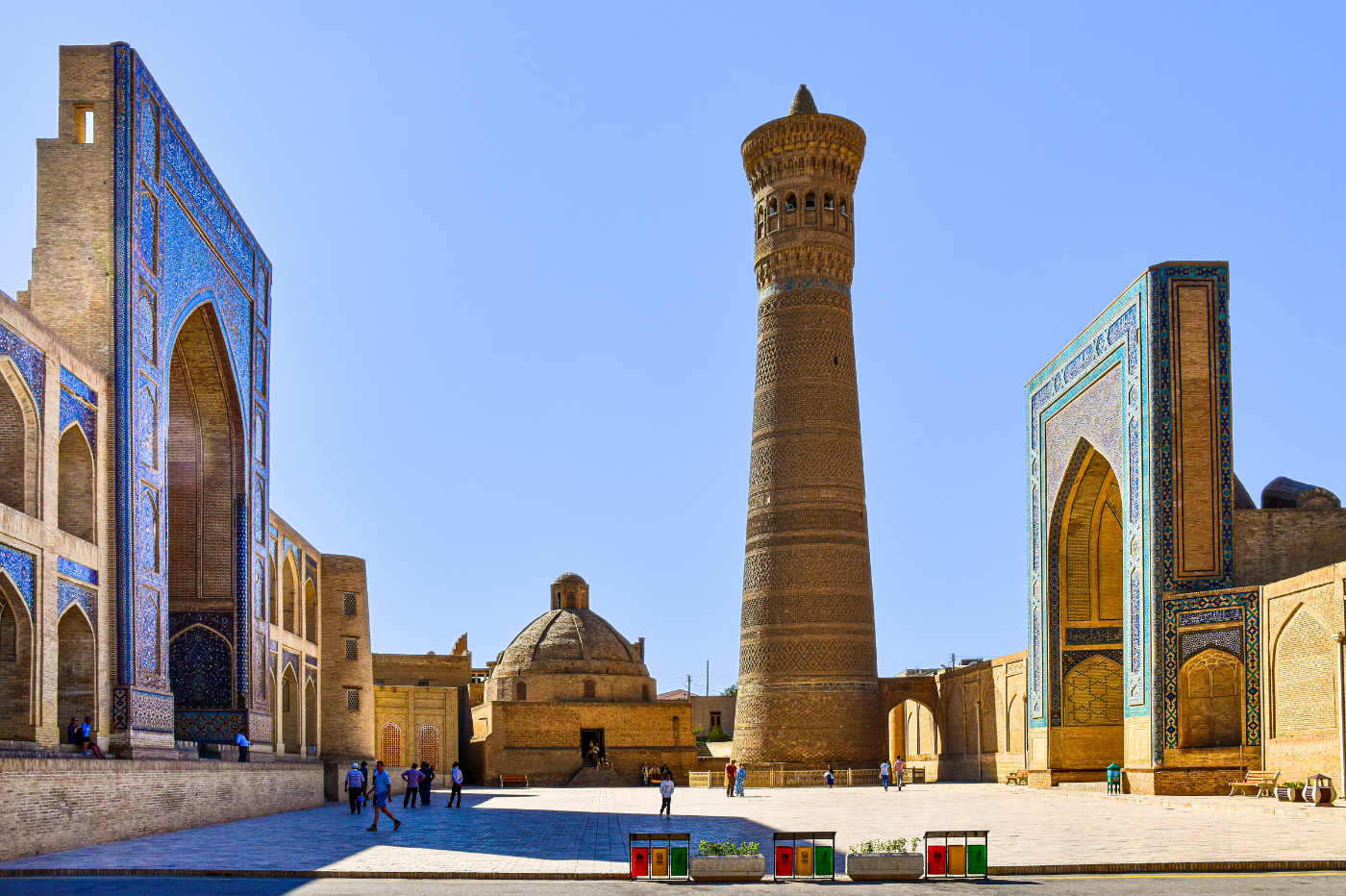
Mar 12, 2025
Top 5 Reasons to Visit Uzbekistan in Shoulder Season
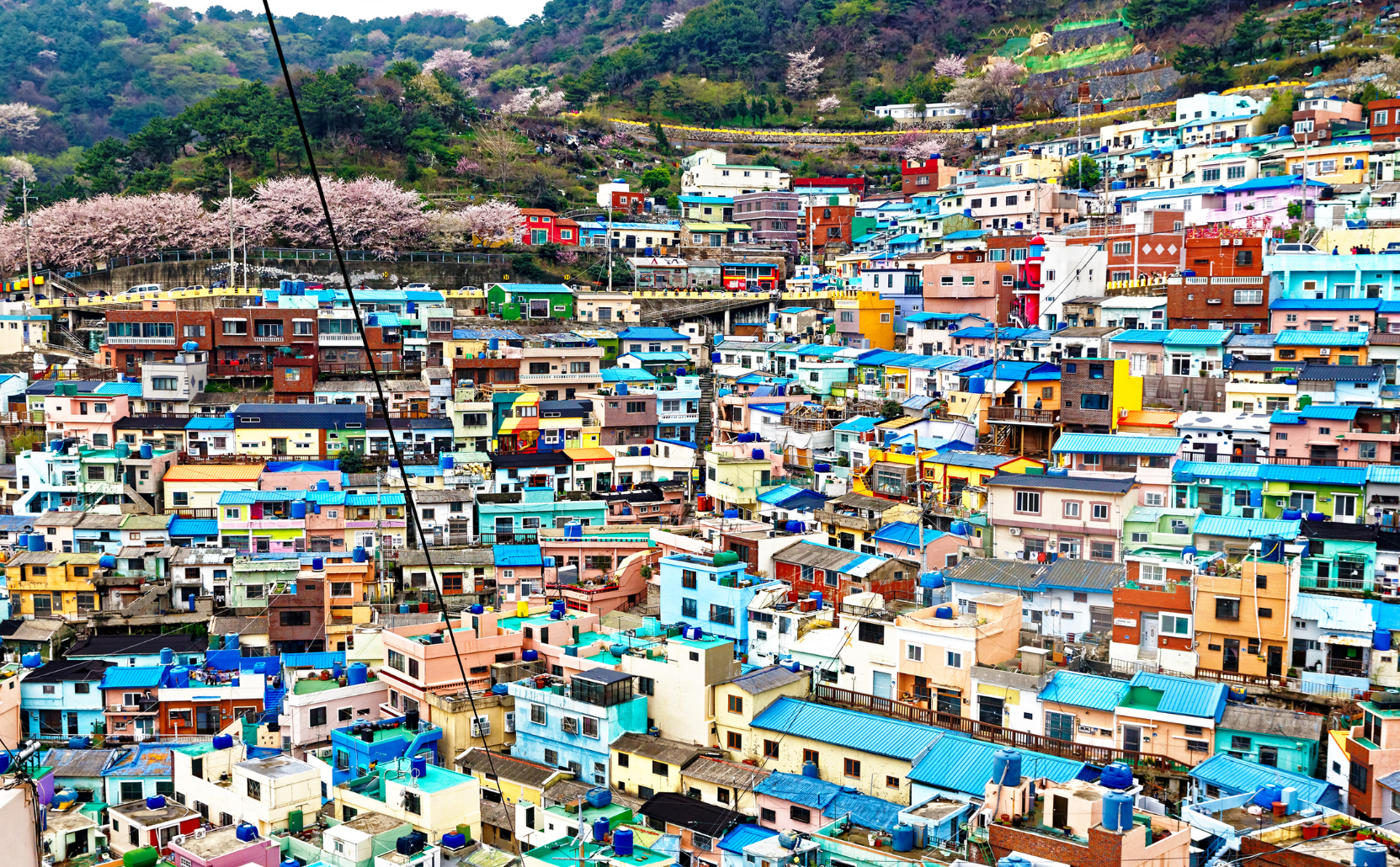
Feb 04, 2025
